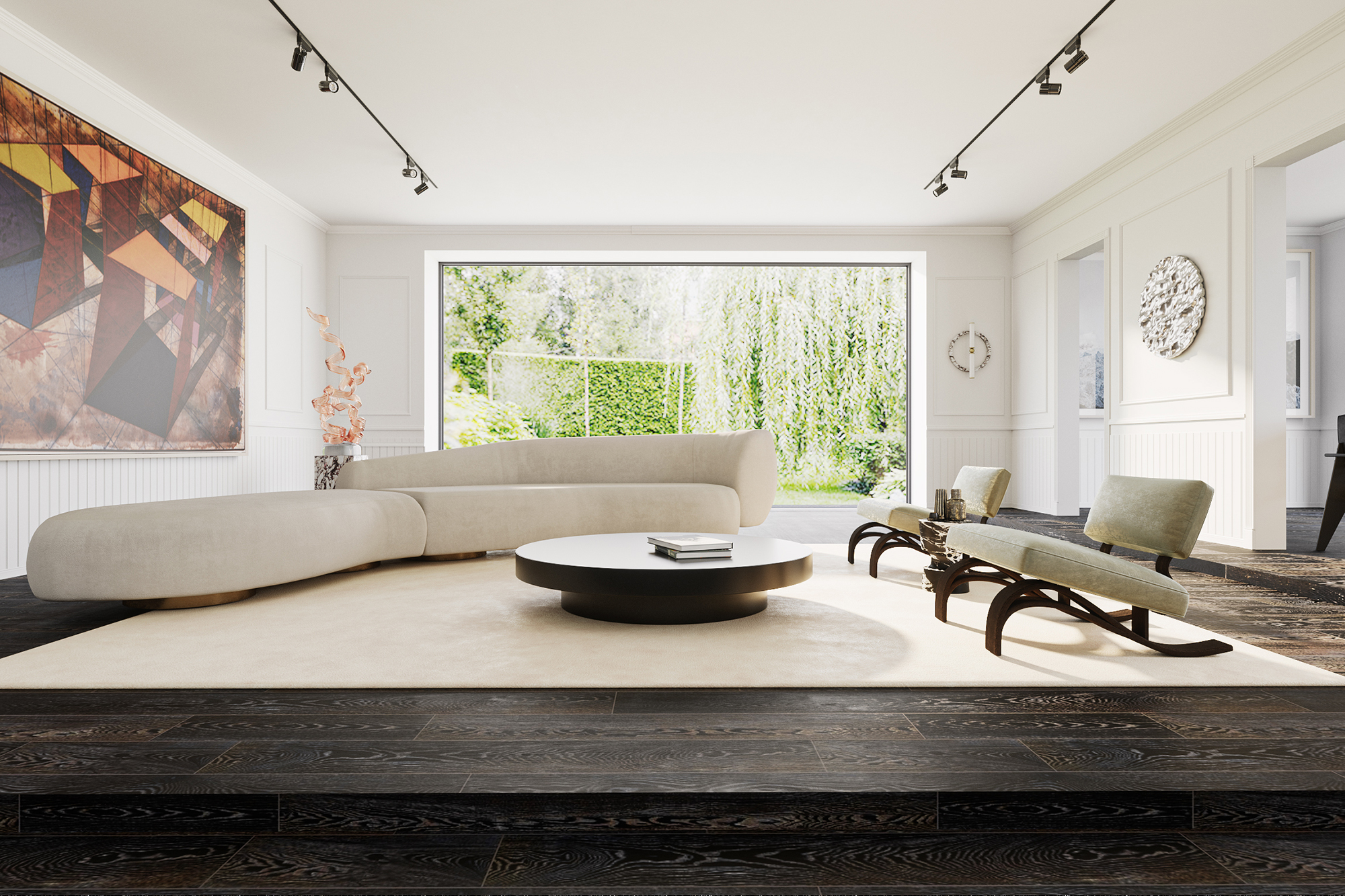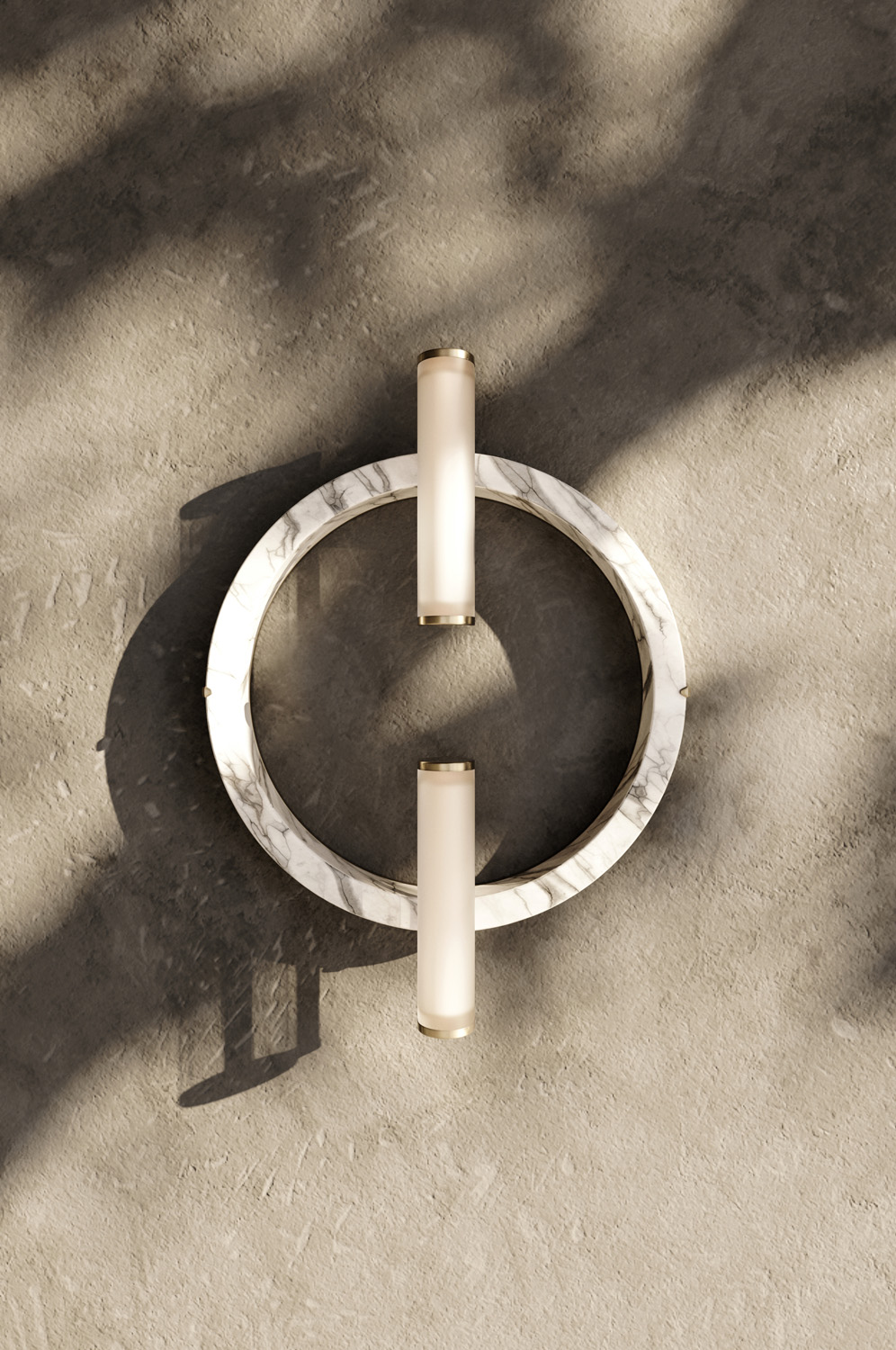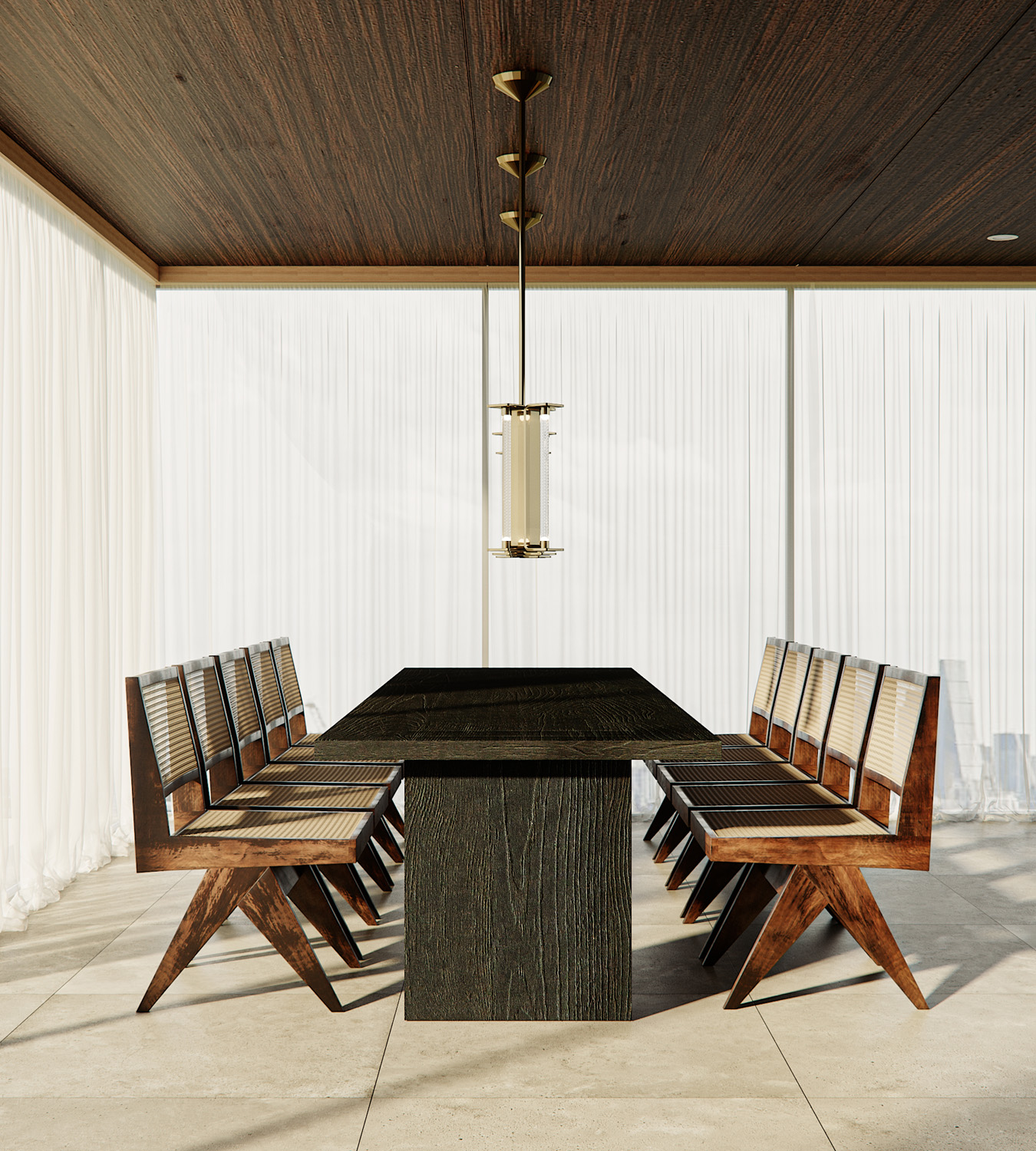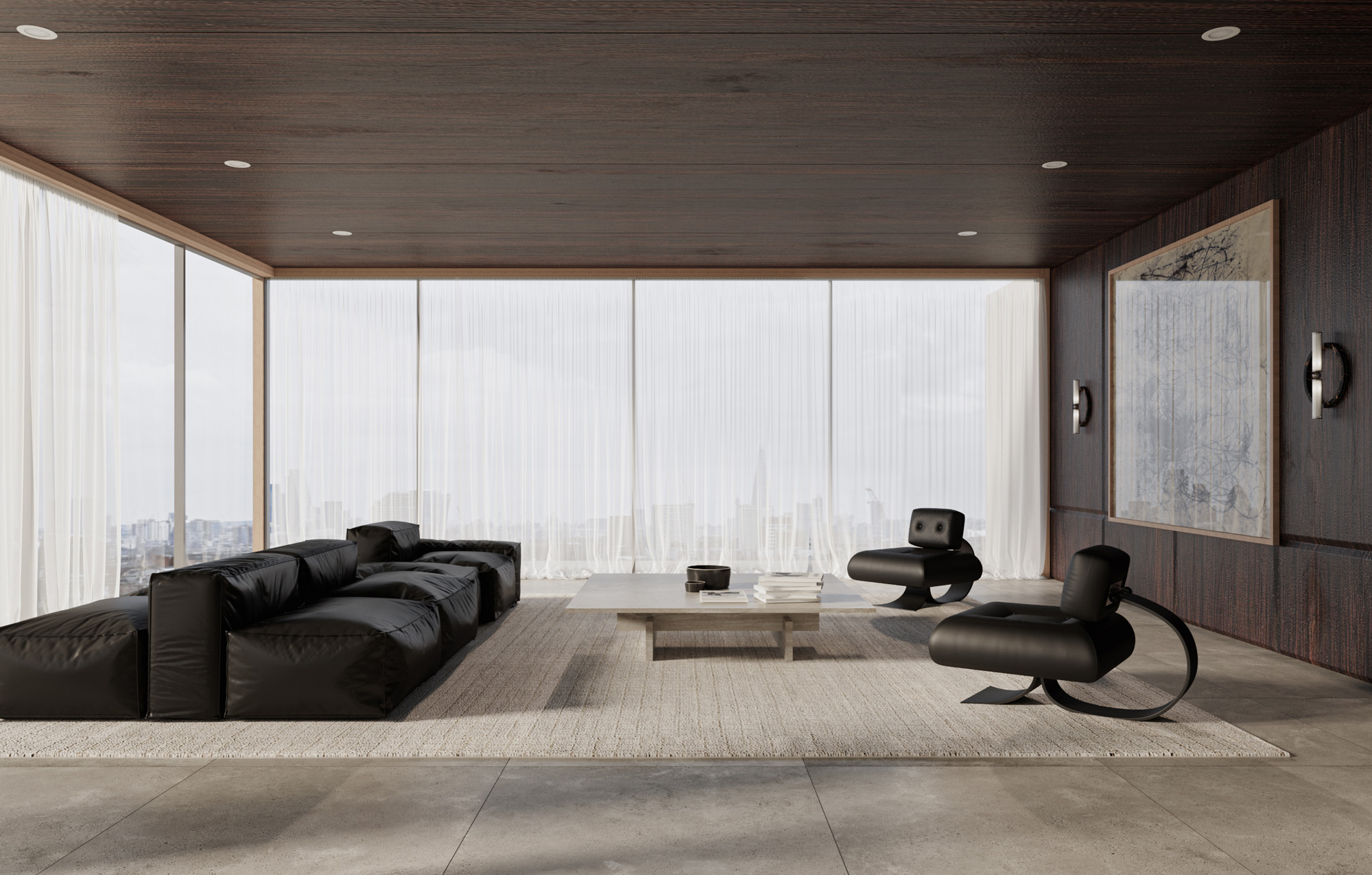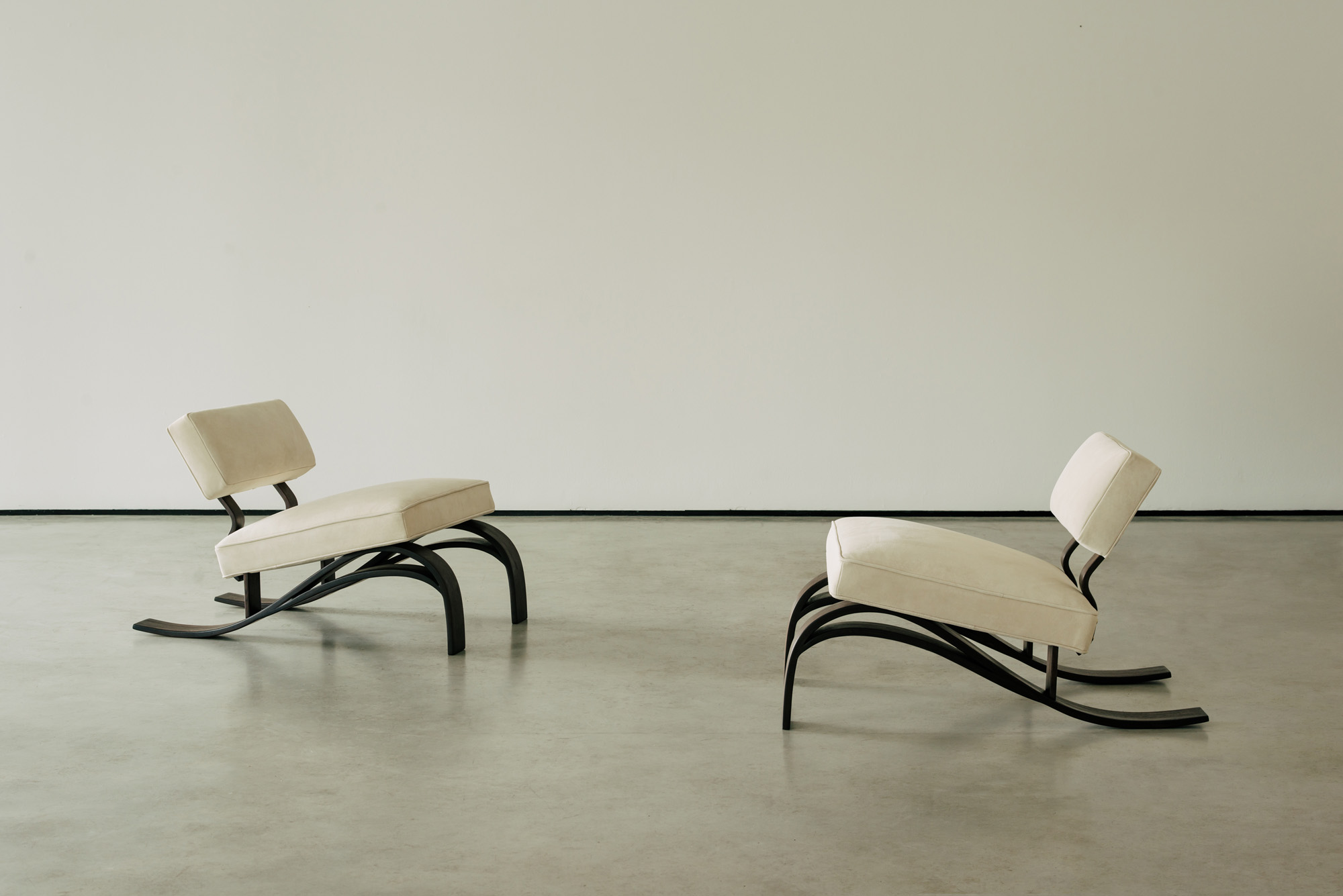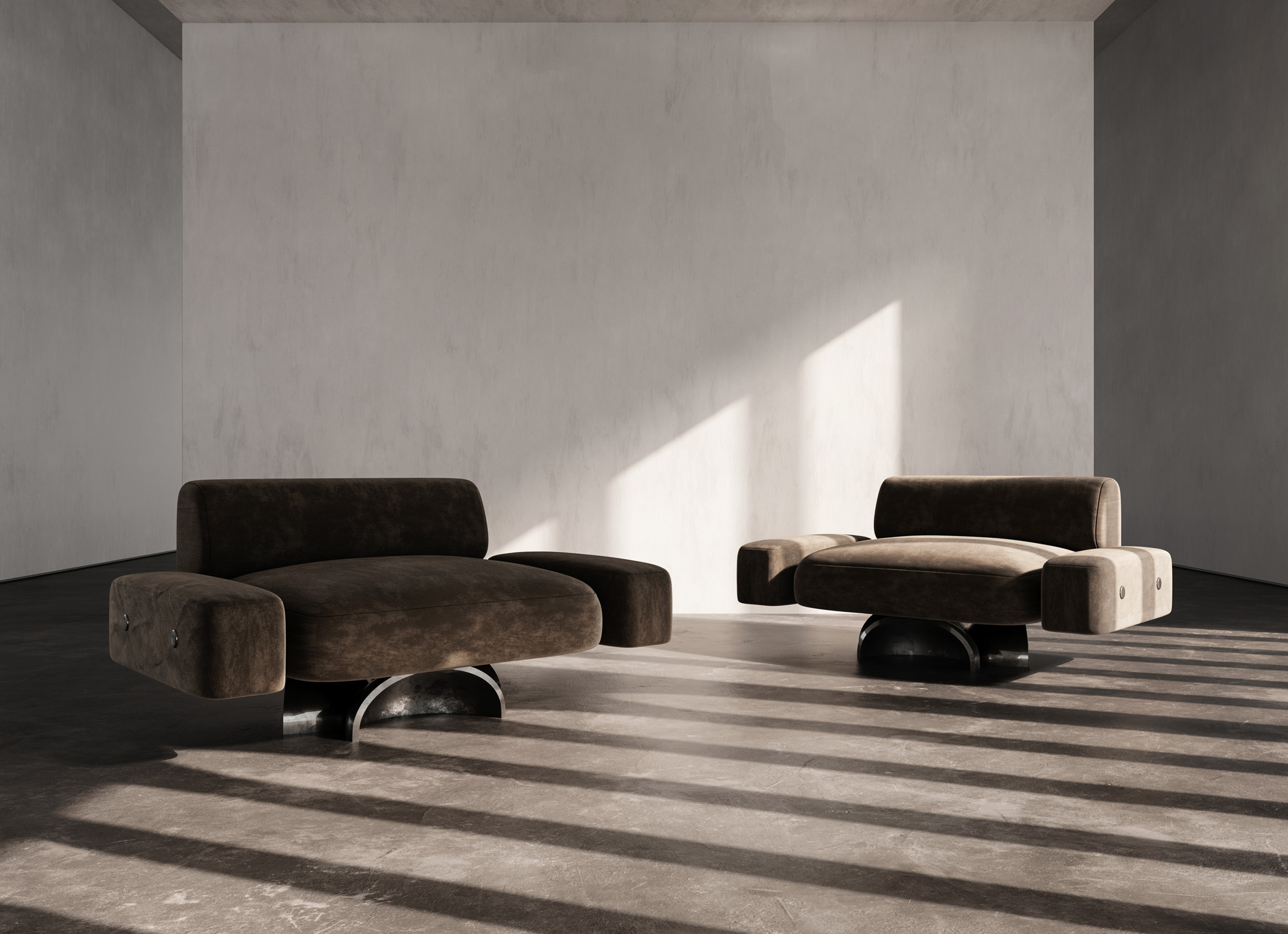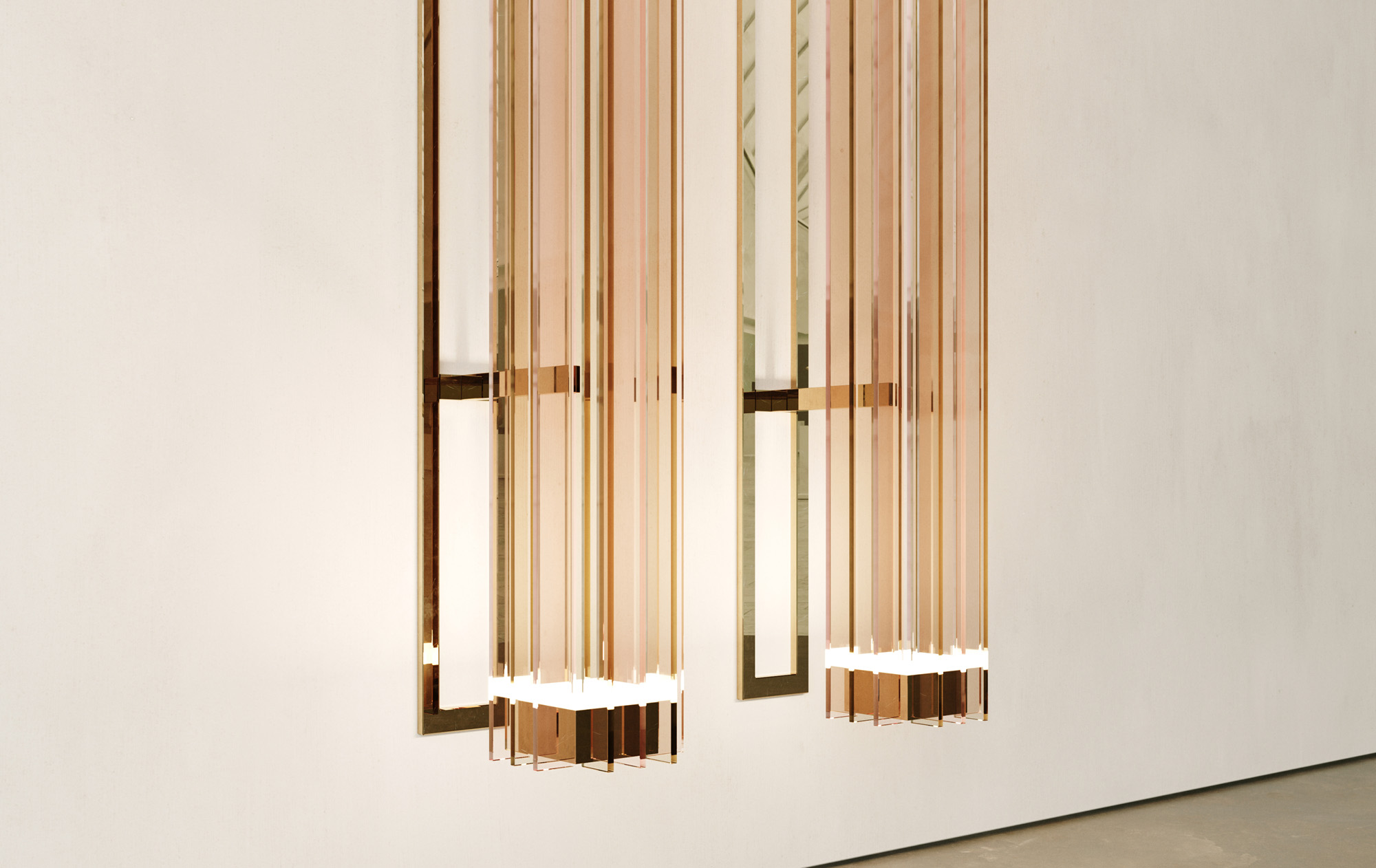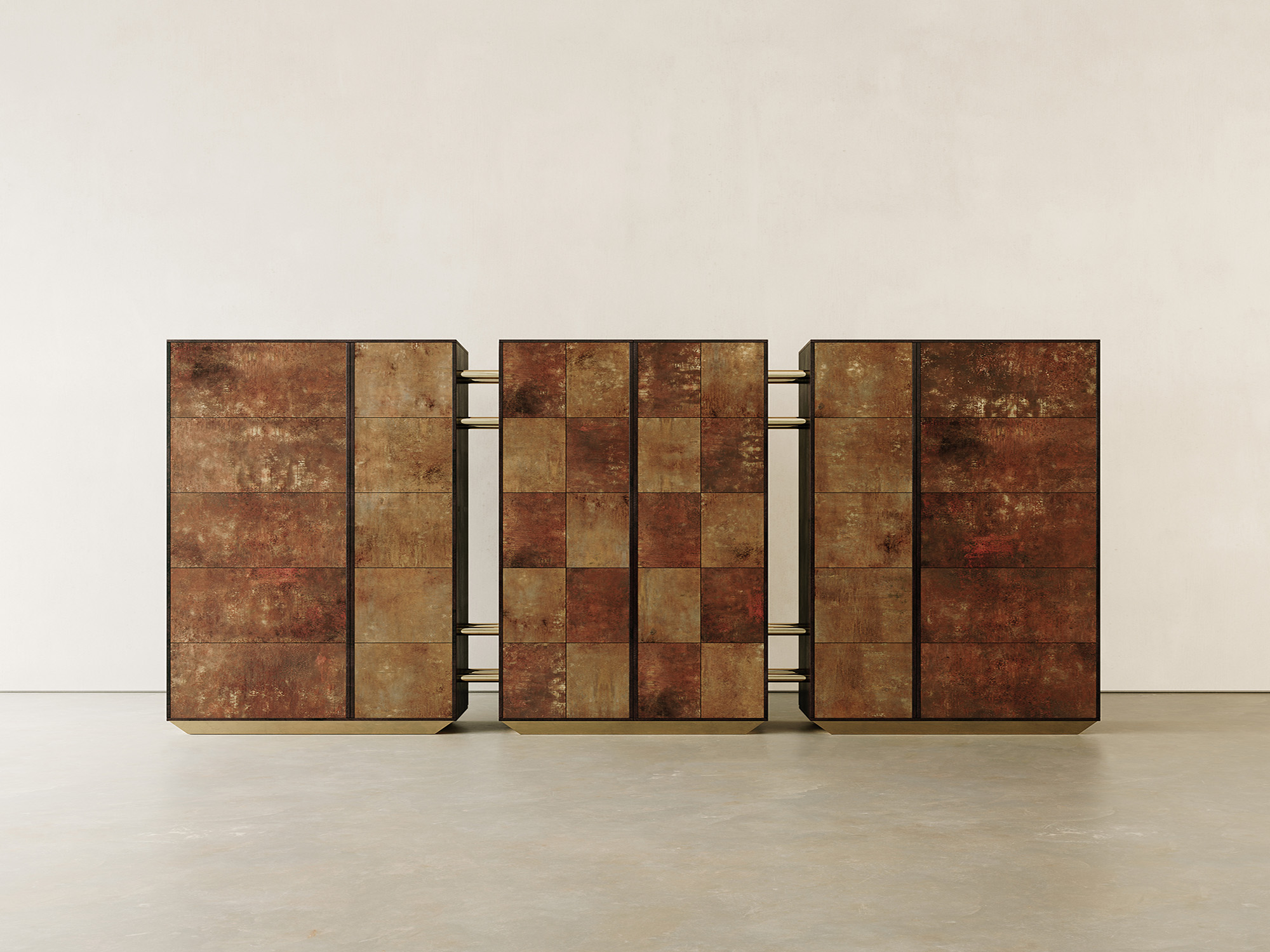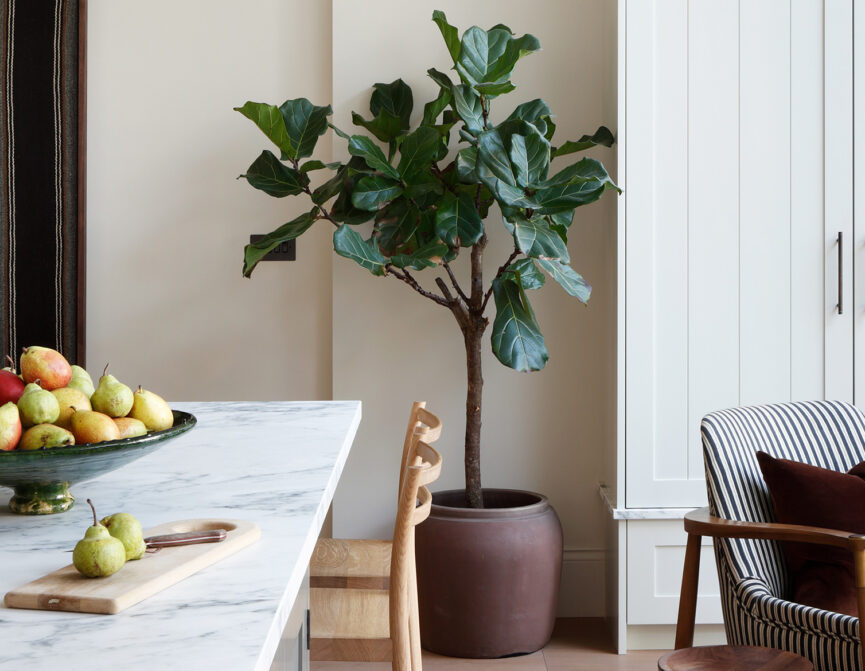We speak to Mimi Shodeinde about her mission to celebrate context and character within her idiosyncratic furniture and interiors.
Mimi Shodeinde’s work has a true sense of poetry to it; a refined rawness to its flowing forms and sleek finishes. Her aesthetic is often described as laid-back luxe because of her use of high-quality materials and effortless elegance.
The British-Nigerian designer set up her eponymous studio Miminat Design in 2014 while still studying in Edinburgh. Returning to London, she pulls inspiration from many directions and her work is exclusively made by British and American artisans. Her furniture can be found in museum collections around the world and she has worked on interiors in Ghana, Nigeria, Portugal and the UK. Her mission is constantly to innovate and push boundaries in design, irrespective of the challenges. “I’m untrained, unconnected and mentorless but somehow it seems to work. It shows that passion, determination and a willingness to go for it and to learn go a long way. The doors aren’t as closed in the way that some may think,” she says.
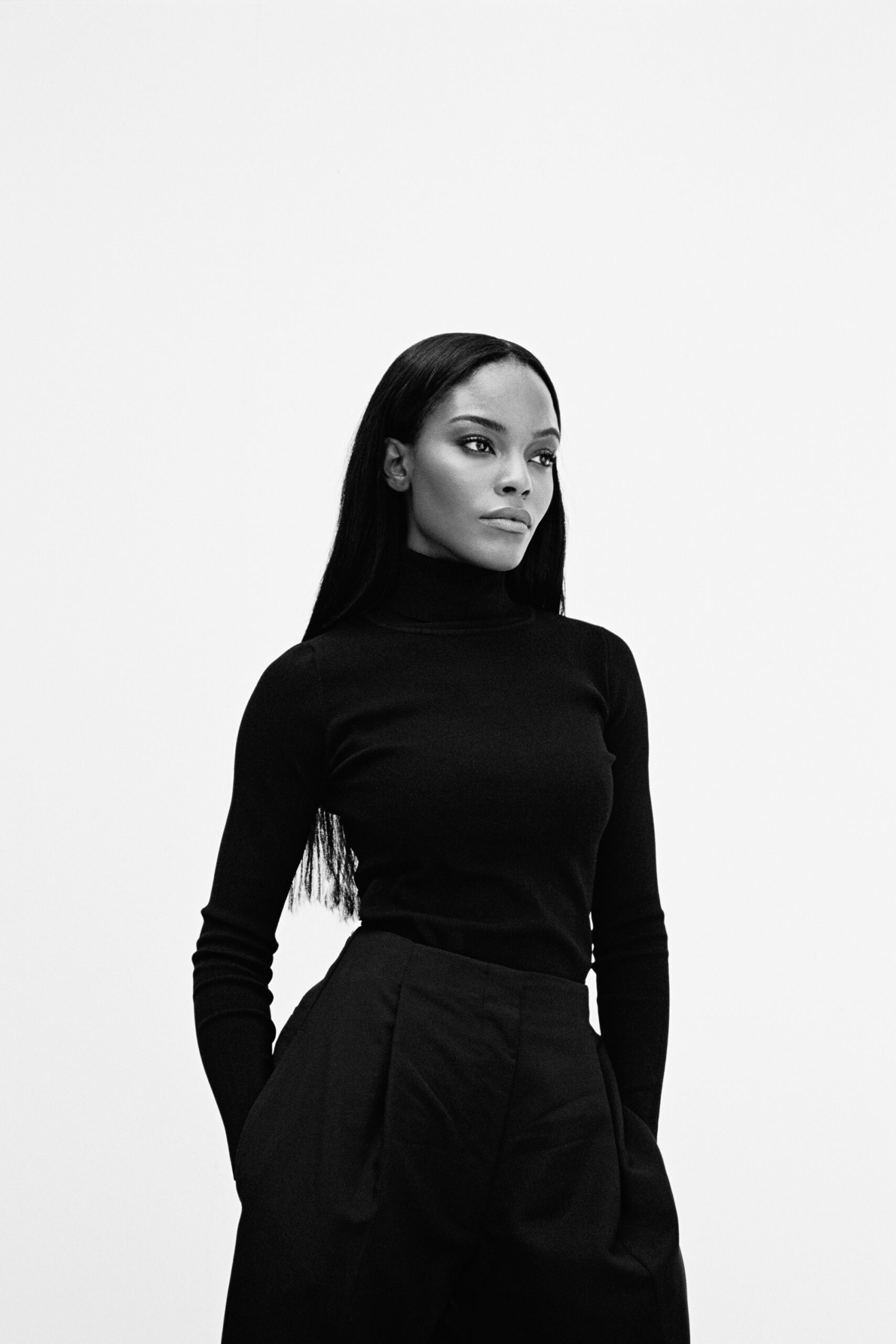
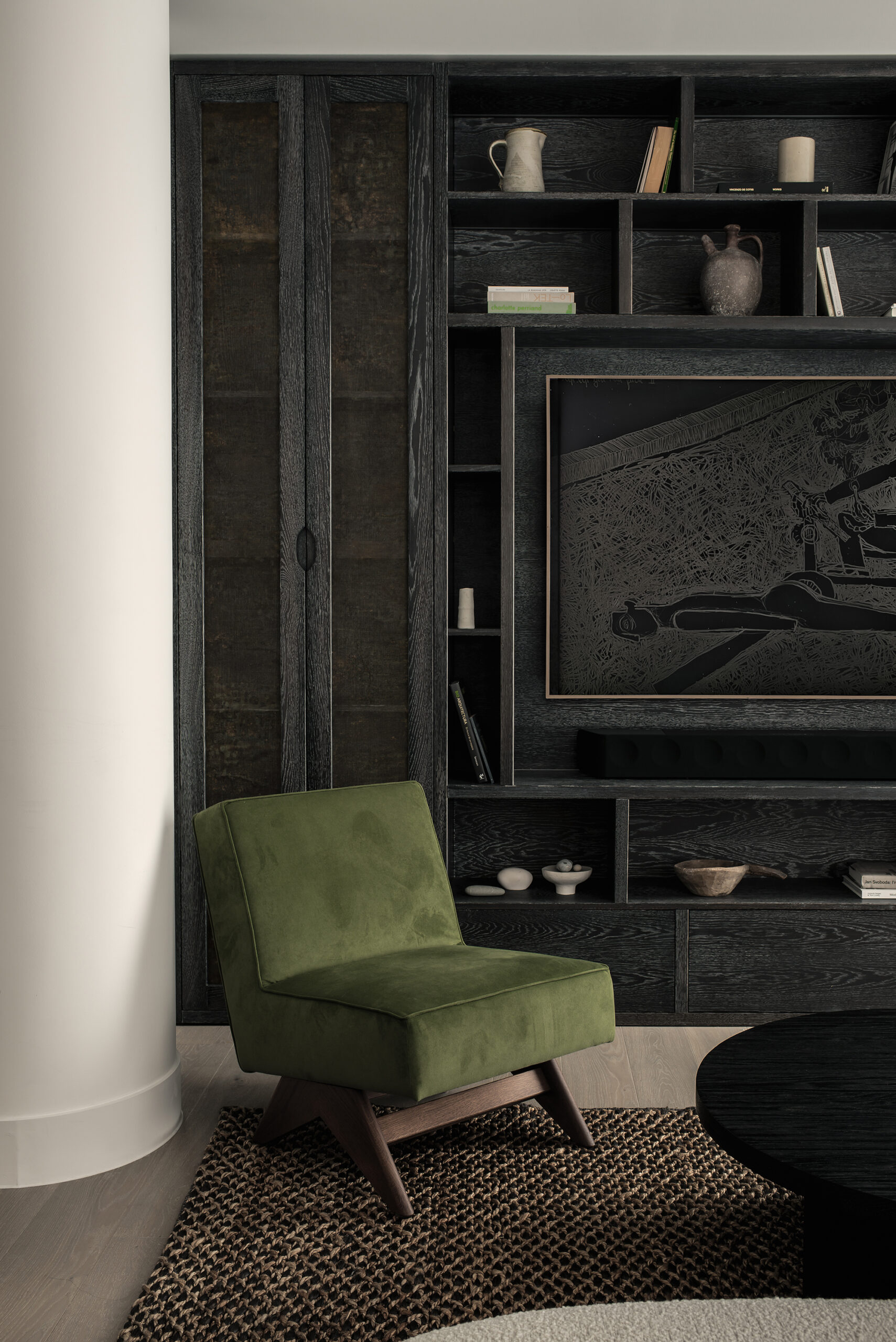

There’s an intriguing contradiction in her designs: her work is both brutalist and has a soft femininity; it’s relaxed and yet elegant. She is subtly subversive, questioning assumptions about what functional design should be, and – especially – what designing with an African heritage might look like. “People often have this idea that African design is maximalist, overlapping colour and pattern,” Mimi says. “I would say that my work rather uses maximalist forms but in a minimalist and graceful way.”
Mimi’s work has a sculptural flair, and, as her style has developed, she has begun to introduce new materials, textures and elements – wood is her favourite. The natural materials she chooses have a warmth and character to them alongside sumptuously tactile qualities. “I love being a woman. I love the female body and its fluidity of form. I’m drawn to curves and anything that flows organically,” she explains. “I think there’s something innately sinuous and graceful about the female body and that sometimes consciously and subconsciously influences the way I might design a piece or space.”
I would say that my work rather uses maximalist forms but in a minimalist and graceful way.
- Mimi Shodeinde
Mimi cites many sources of inspiration: music, poetry, architecture, the play of light, and – of course – her Nigerian heritage. Her collections often reference Yoruba words, places and stories, and her material choices reflect the richness of African culture. She explains how she is drawn to organic materials and aims to create pieces that will be cherished by a family for years to come.
Her debut Okuta Collection took functional objects such as teapots and bowls used in daily life in Yoruba homes and elevated them to art. The more recent Omi Chaise and Table, for example, reference a Lagos fishing settlement and were conceived to invoke a sense of stillness in motion, while showing how wood can be both solid and delicate. Hundreds of individually hand-sculpted mahogany veneers were applied to create the rippling effect of a wave, while the stained glass tabletop evokes the surface of the ocean. “The Omi Table combines elements of Makoko, a historical fishing settlement in Lagos, and the perception I have of water as a silencing, captivating entity that puts viewers in a contemplative state. Its name is derived from the Yoruba vernacular word for water,” explains Mimi. “I think the materials together reflect the fluidity of form and beauty of movement that I strive for in all of my work.”
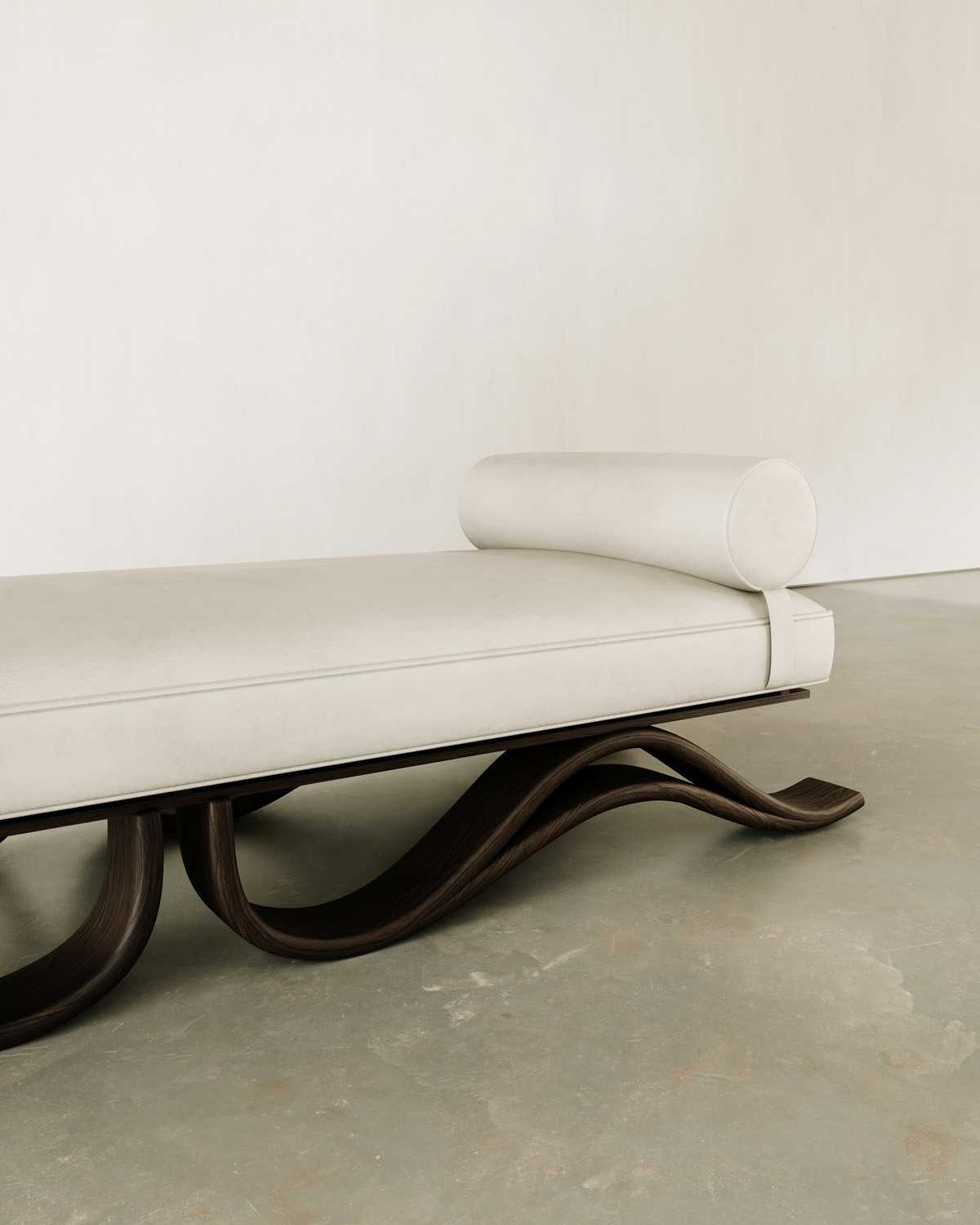


Like Retrouvius and Campbell-Rey, Miminat is a hybrid studio, working across product and space. Her interiors are focused on context and character, rather than the replication of a certain aesthetic. For her Notting Hill project, she was given complete artistic freedom, with only one request – a custom floor-to-ceiling bookcase. Mimi also incorporated various other pieces from her studio, including her elegantly layered Jude Pendant light. The softly smoked polycarbonate glass panels of the pendant light fall on hand-polished, linear brass bars and the warm LED strip panels illuminate the relationship between the modernist and the ornate. “ I chose to focus on texture, warmth and light. One of the key pieces within the space is the Jude Pendant, which sits above the dining table,” she says. “As well as the lighting, the bookcase, coffee table and bowls are also by Miminat Designs. My overall vision was to create a laid-back but elegant space with a dash of glamour by using statement pieces like the lighting.”


